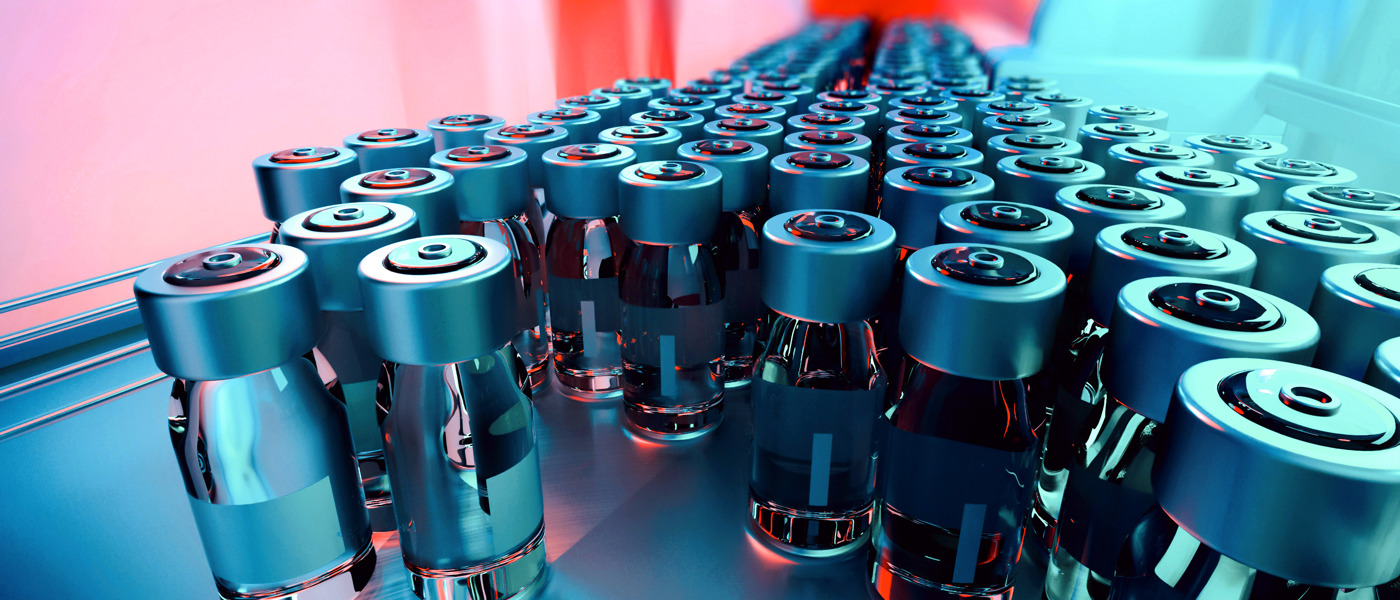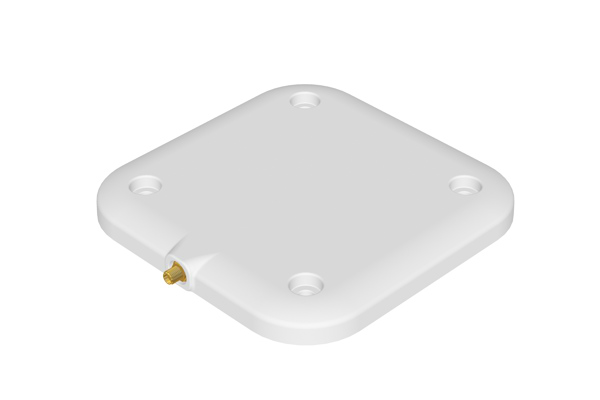Read Accuracy in Sensitive Zones:
Hospitals, labs, and pharmacies often require precise read zones for small, high-value items such as medications, surgical instruments, or patient samples. Near-field or localized antennas help eliminate stray reads in tightly packed environments.
Material & Environmental Compatibility:
Medical-grade environments include metal carts, refrigeration units, and liquid-filled storage — all of which can affect RF signal propagation. Select antennas optimized for performance near or around metals and liquids.
Hygienic Design & Mounting Flexibility:
Antennas used in clinical areas must be easy to clean, with smooth surfaces and secure mounting options. Low-profile or discreet models that integrate into shelving, cabinetry, or mobile units are preferred.
Compliance & Traceability:
Ensure the antennas support workflows that meet regulatory requirements for batch tracking, expiry management, and electronic pedigree (ePedigree) across pharmaceutical supply chains.
Real-Time Asset Management:
In busy clinical settings, tracking high-mobility assets like infusion pumps, wheelchairs, or defibrillators requires antennas that support fast, orientation-agnostic reads across larger coverage zones.













